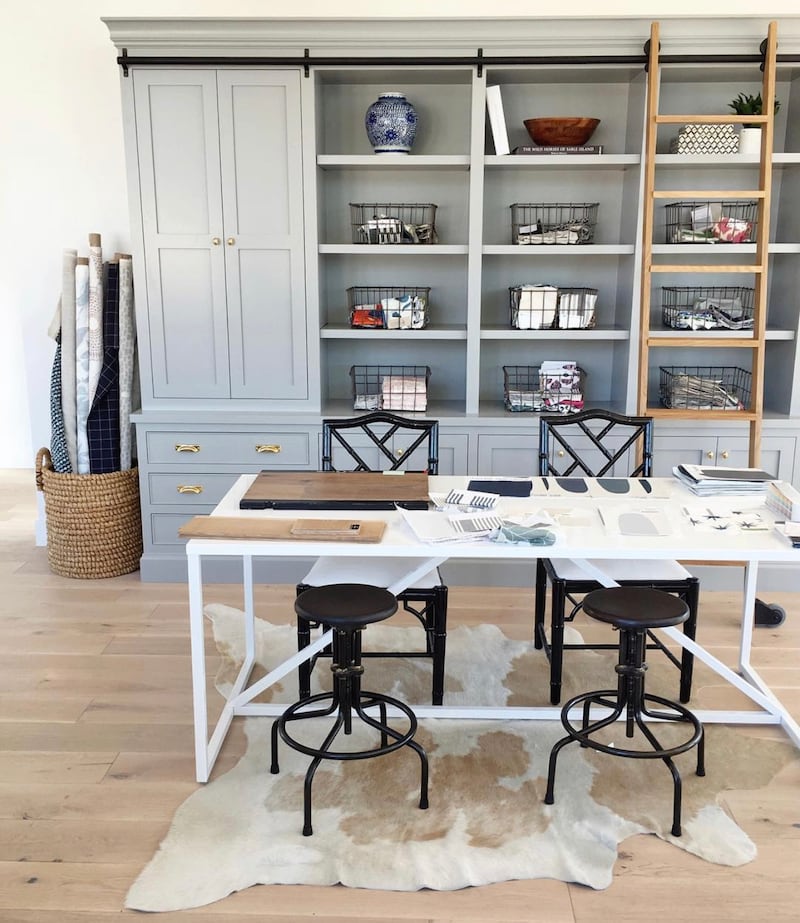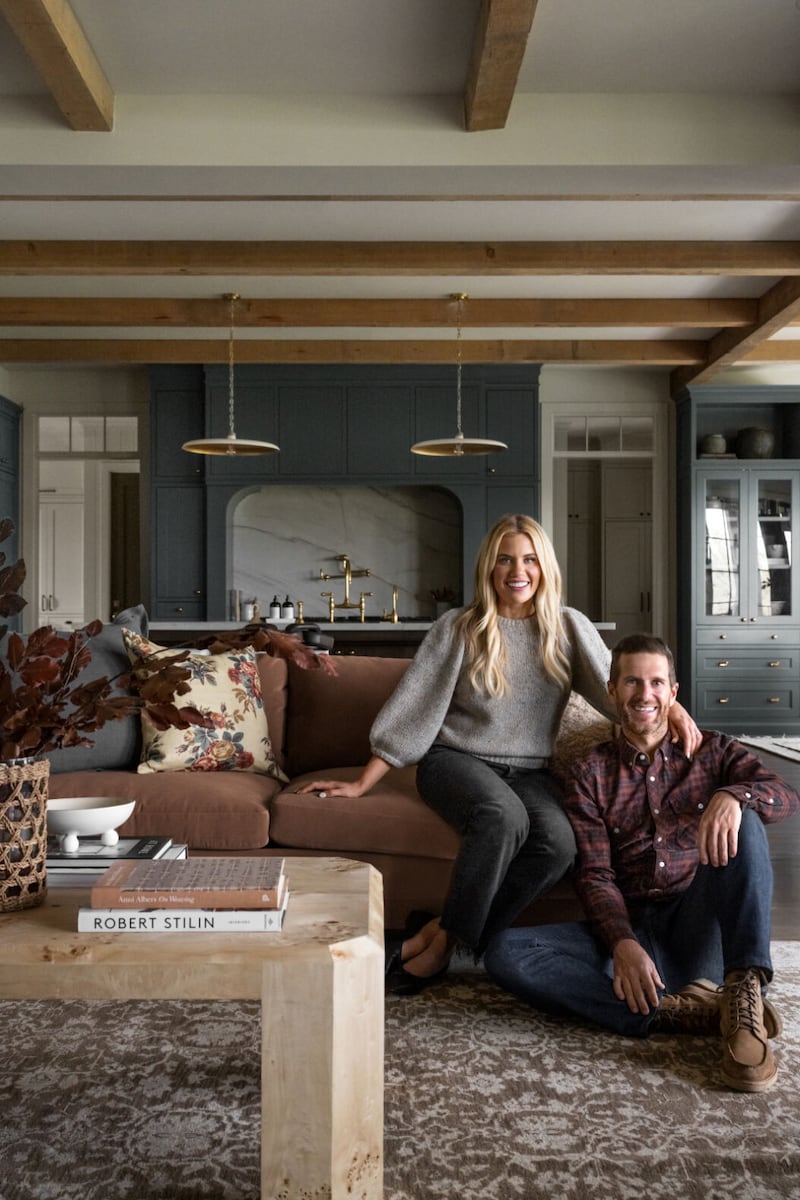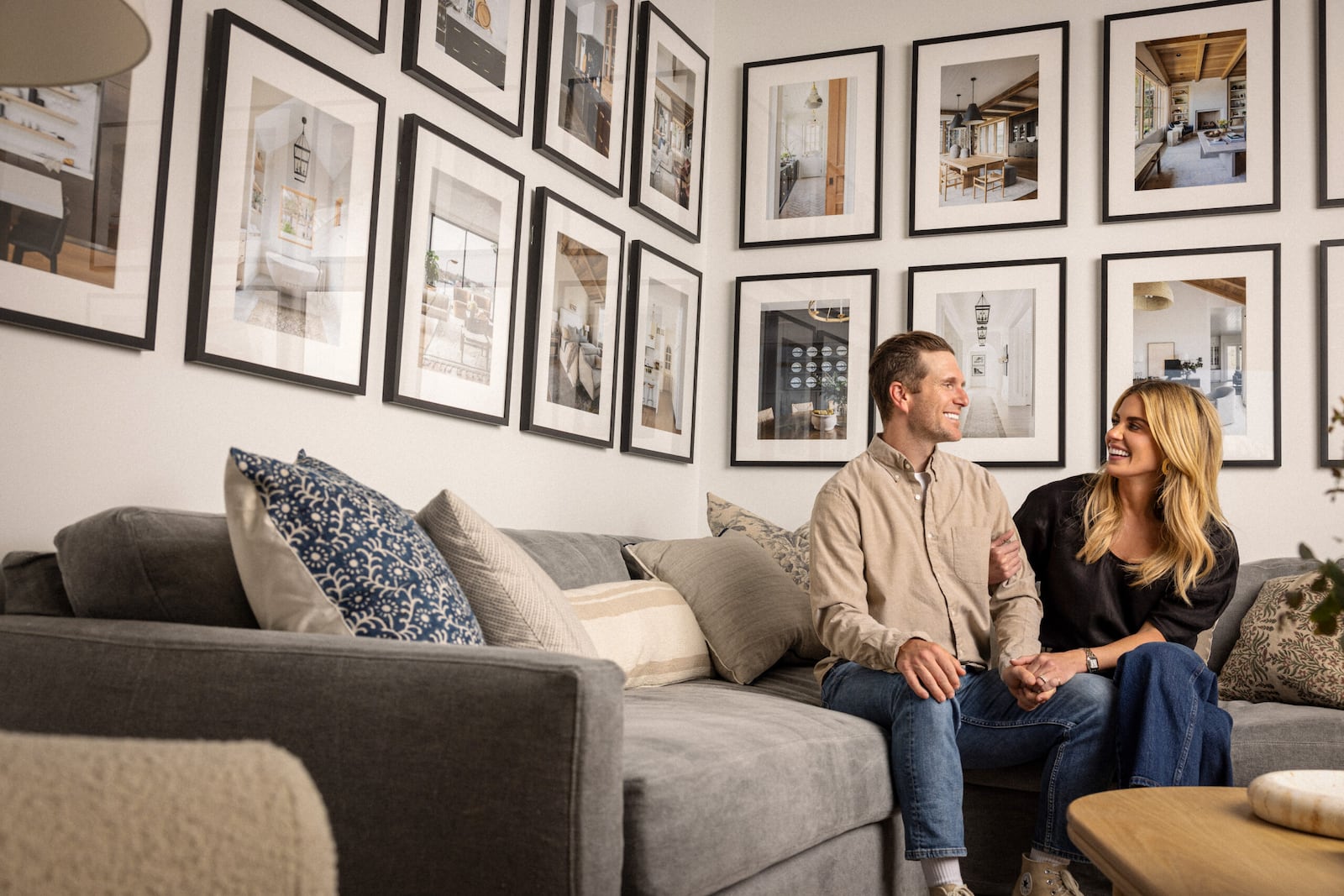The Founder Series is a column by and about Utah founders and how they got to where they are today. Click here to read past articles in the series.
Ten years ago, my wife Shea and I had no idea where her love for design would take us. At the time, she spent her nonworking hours transforming our compact, one-bedroom apartment into a home we were proud of. We would go on to launch Studio McGee out of one spare bedroom, and now, 10 years later, we celebrate one decade of the business we grew together.
Shea and I met in Utah, where we were both in college. We got married in our early 20s and moved to Southern California, which is where I grew up, swapping winter snow for year-round sunshine. I was managing operations for an affiliate marketing startup I launched alongside my brother. Shea was working at an ad agency, pursuing a career in public relations and amassing a loyal following on Instagram, where she documented the design decisions she made in our apartment. In 2014, this was an entirely new concept, as the influencer trend hadn’t grown into what it is today.
While Shea was preoccupied with growing her social footprint and her new status as an interior design student at a community college, the company I spent the last five years at was acquired. I was looking forward to my next adventure.
Designing dreams
Having already taken on a few clients, Shea was ready to officially launch a design firm. She needed help on the business side, and I was ready to join as CEO and manage day-to-day operations. Shea McGee Designs officially became Studio McGee. We sold our California home and moved back to Utah, where there were two things that would wind up being instrumental to our success: a lower cost of living and nearby family to help us raise our newborn baby while we put everything we had into building Studio McGee. At the time, cash flow was the sole goal.
Those beginning years were tough. We built on what we knew and meticulously plotted a path forward for the things we didn’t. One by one, projects started coming in — from Park City to California and across the country to New York. In the beginning, we turned nothing down, working nights and weekends from the dining table and leveraging every last penny to make Studio McGee a success. We were strapped financially but determined emotionally.
As demand grew, so did our interest in the product. Furniture companies were hesitant to allow us to sell their products online and instead chose to prioritize their brick-and-mortar relationships, but having garnered a few loyal brands, we launched the product arm of our company. Through McGee & Co., we began curating and selling products that were in line with Studio McGee’s signature aesthetic.
During this time, we really leaned into creative ways to grow success. My mom taught me how to sew in high school, and a friend taught me how to use Adobe Illustrator — knowledge I later used to teach myself Photoshop. When we wanted to expand McGee & Co. with our own exclusive designs, the first launch was a set of toss pillows. Shea and I sat in our spare bedroom talking through the patterns; then, I’d create them digitally and sew them on manually. That initial set of pillows led to more textiles, which eventually grew into us designing and manufacturing our own exclusive pieces.
Finding our spotlight
As our online presence grew, we started leveraging our social media platforms to bring new audiences to our brand. One of those people was an agent from a production company with HGTV. They wanted to produce a sizzle reel with us and, if all went according to plan, a television series on their network.
The only problem was that we were too green to push back, and they didn’t understand our brand and Shea and my roles within it. Their vision was a formulaic take on the makeover shows that have been produced already — i.e., me swinging a sledgehammer, ripping drywall out and talking about load-bearing walls (things I had no idea about). Luckily, it went nowhere, but the experience gave us a rundown of the industry and led us to our current agents, who understood who we were as a company and as individuals. It also led us to launch our YouTube channel, which gave us the opportunity to tell our own stories.
Netflix also saw our vision and agreed to work with us in a capacity that we were comfortable with, which was husband and wife, CEO and designer. “Dream Home Makeover” was born, and though TV was never the original goal, it made sense with the direction we were headed. We’d seen our predecessors’ forays into the industry and watched as licensing deals and partnerships developed. Shea and I would lay in bed at night and dream about how it would all come together. We’d joke back and forth about building a design empire — a term that, looking back, we never truly understood. It became the reason we stayed up late at night and woke up early. It was our “why,” our sole focus.

Balancing growth and big ambitions
Alongside filming, we were juggling our full-service clients in high-end homes, manufacturing and selling our own goods, and rapidly looking to expand our team and our square footage. We also learned some hard lessons during those years of initial growth.
Establishing consistency as a new business owner can be a struggle. We’d experience explosive growth, then slow down for a bit, then start growing again. This roller coaster was hard to get used to. At first, that meant saying yes to every project that came our way — then, all of a sudden, we’d have 20+ projects to finish. The lesson then shifted to how and when to say no.
As the projects stacked up, we knew we needed to grow in other ways, and that meant establishing a network that could take some of the responsibilities off of Shea’s and my plates. As we expanded, we both had to learn how to relinquish control, trust our hires and manage a team much larger than either of us had experience with. At present, we have nearly 200 employees in a 171-square-foot office and have moved into a 300,000-square-foot warehouse (from our previous 40,000) to meet demand.
Freeing up some of our time and bringing experienced leaders on board presented us with opportunities for expansion. Soon, we had conversations with Target that led to a multi-year licensing agreement, and we gave the creative direction and product concept under the Threshold x Studio McGee name. We’ve paired the brand with other industry leaders like Kohler, Ann Sacks and Pura. We’ve grown into a full content hub with a session on MasterClass, two New York Times bestselling books, and a website with thoughtful, guide-focused design and lifestyle content for fans to replicate the Studio McGee aesthetic on their own. At McGee & Co., we’re fully focused on having absolute control of our exclusive line of products, designing, manufacturing, and selling — all big-picture things that wouldn’t have been possible if we were focused on the day-to-day operations of the company.
Always looking ahead
To the outsider, it might look like we’ve succeeded — and we have, but we’re not quite where we want to be yet. For us, it’s always about looking ahead and pushing forward. If the interior design part of our company is doing well, we will invest in launching a new product. Once new products are going well, we need to start manufacturing our own products to supplement those. And once that’s in a good place, we need to work on improving our media presence. If we celebrate too much and too often, we risk drifting into complacency and losing momentum.
In his book “The War of Art: Break Through the Blocks and Win Your Inner Creative Battles,” Steven Pressfield writes about how important it is to show up every day and put in the work. Some people think they need inspiration before they can be successful, but I haven’t found that to be the case. Showing up, working hard and learning hard lessons is the path forward to continuously executing and achieving your goals. Creating intentionality in everything you do develops your staying power.


